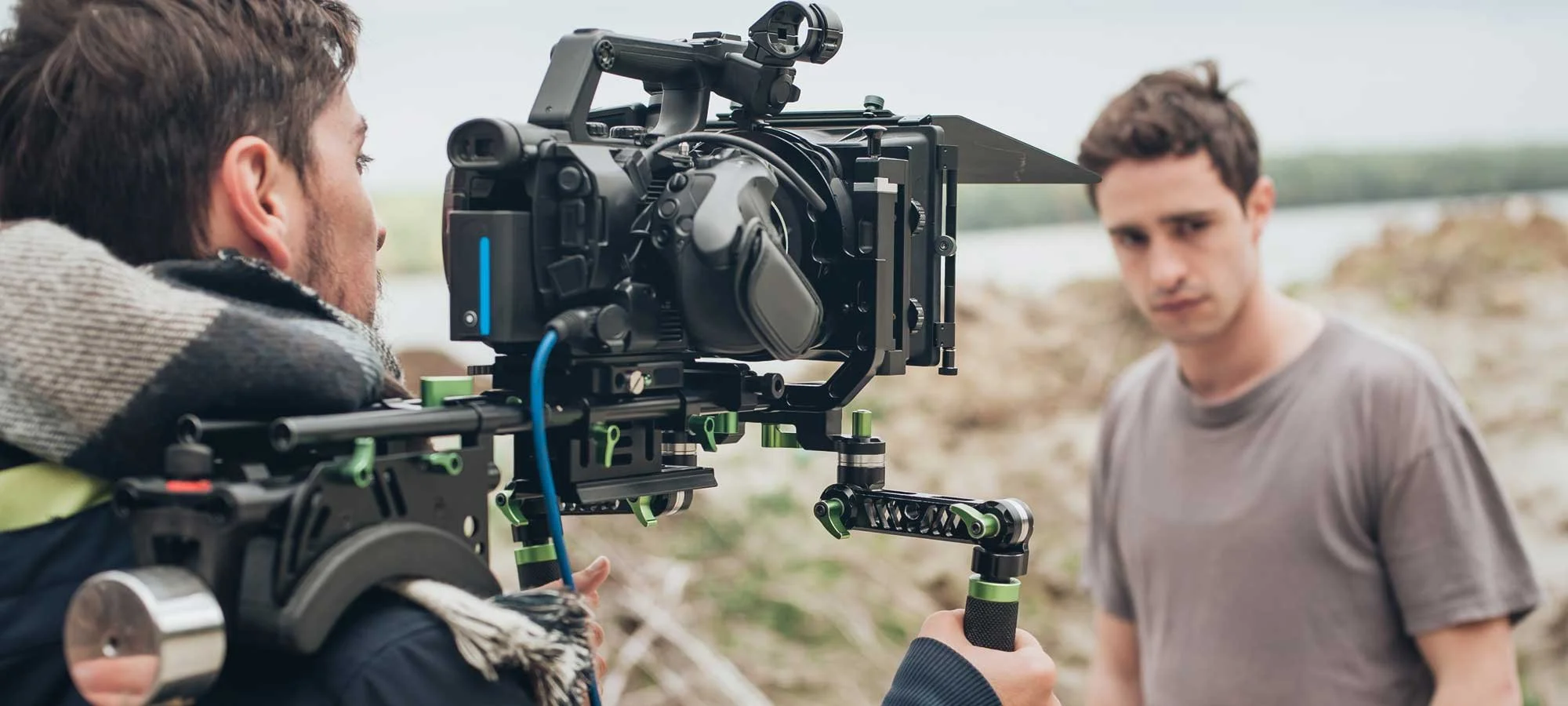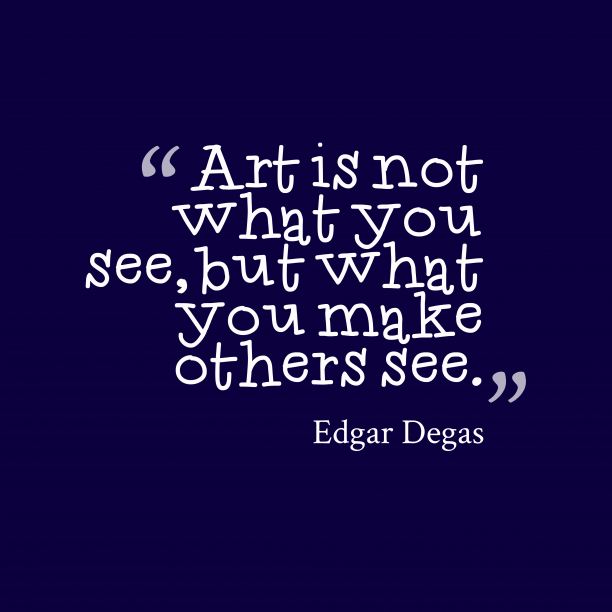Self Tape 201 - Week 1
Here is your first homework assignment for Self Tape 201. With these sides, I’m throwing the kitchen sink at you. It’s longer, and there’s a lot going on. This is also a fairly common side for larger costar, guest star and series regular roles. In 201, we’ll learn how to bring sides like this to life. Have fun!
Click on the link below to download your side. This is for a pretend legal procedural on a major Big-4 network. The tone of the show is dramedy, with comic moments, so think “Castle“ or for those who can remember it, “Ally McBeal.”
Here is your breakdown: PEYTON SANCHEZ is a career-focused, straight-shooting prosecutor who agrees to switch sides and form a criminal defense law firm after a painful divorce (personally and professionally) from the current D.A. Peyton’s new law partner is David Simpson, a former law school classmate who has always played things a little loose with the rules. In the pilot episode, the two defend famous landscape painter Ken Tanaka, who is on trial for second degree murder. Tanaka says he was framed, but the evidence seems iron-tight. Peyton thinks they should settle, but David thinks that the answer lies in the hundreds of evidence boxes crammed into Peyton’s office. That’s when eagle-eyed David starts picking away at some of the details, and intrepid, quirky investigator Janice Botticelli finds a clue. (SERIES REGULAR – 22 episodes)
Please self tape the Peyton role and send your best take.
Please shoot a full-body slate. During your slate, say your name, height, and something interesting about you.
Edit your self-tape into one file, starting with your best take, followed by your slate.
MOV, MP4, or MV4 files.
Label the file Lastname-Firstname_PEYTON (i.e. Washington-Martha_PEYTON).
Email a downloadable link of your self tape file to your teacher’s email address. Use a file transfer site like Hightail or WeTransfer. (No YouTube or Dropbox).
All file sizes must be less than 175 MB.
Due by NOON (PDT) two days prior to your class. (Late submissions allowed with casting permission.)
Here are some additional reading and viewing to prep you for Week 1. We’ll be exploring how auditioning (especially self-tape auditioning) is a blend between improv and film-making techniques. Think about it: there’s no difference between an audience watching actors performing an improv show and a casting director watching an actor auditioning. Both scenarios have people watching actors on an empty stage with maybe a chair. So if improv actors can create an entire world (an intergalactic space ship, a grungy 70’s disco bar well past its prime, or a bland, cubicle-filled, soul-crushing office space) and the audience vividly sees it, why can’t you do the same thing in an audition? What if you used filmmaker skills to transfer this vivid performance to the camera, since the camera is the audience in self-tapes? And, if you are able to vividly create that world around you (and deliver it to the camera), can you see how that gives you an advantage over EVERYBODY ELSE ON THE PLANET WHO IS AUDITIONING AGAINST YOU FOR THIS ROLE? Be prepared to work during workshop… and have fun!
Create your stage and status with blocking and space
12 Camera Angles To Enhance Your Films
Review the self-tape lighting clock (Downloadable PDF)
Shared by a 201 student – Top 5 microphones for iPhone
NBC: Why Is Reality TV So Popular?
Would You Feel Comfortable Passing This Audition Tape To Network?


